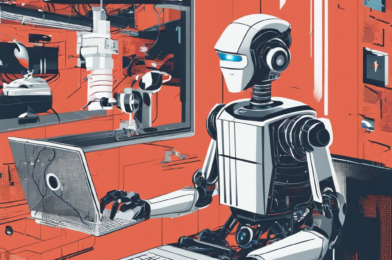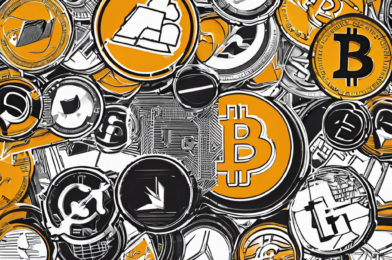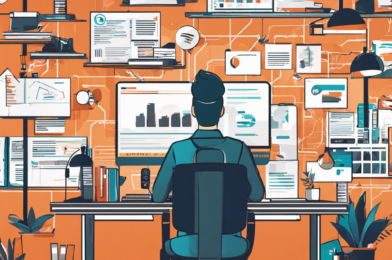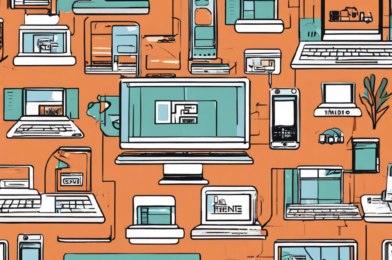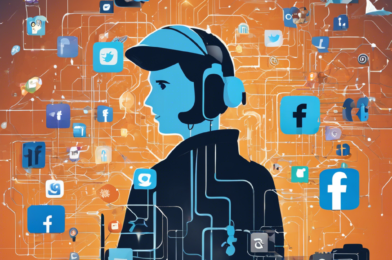The world of online payments is evolving rapidly, and the future looks increasingly digital, decentralized, and secure. Cryptocurrencies have emerged as a disruptive force, challenging traditional banking systems and reshaping the way we think about money. This shift towards digital currencies is not just a fad but a significant development that could revolutionize the global economy. With the rise of Bitcoin and Ethereum, we’ve witnessed the power of blockchain technology to facilitate peer–peer transactions, bypassing the need for intermediaries like banks. This innovative approach to online payments has sparked excitement and curiosity among tech enthusiasts and investors alike. But what does this mean for the average consumer, and how will it impact the way we manage our finances in the future?
Cryptocurrencies offer a range of benefits, including enhanced security, faster transaction speeds, and lower fees compared to traditional payment methods. They provide users with more control over their money, eliminating the need for central authorities and reducing the risk of fraud. For instance, Bitcoin’s blockchain technology ensures that transactions are secure and transparent, making it an attractive option for those seeking greater financial independence. Moreover, the growth of decentralized finance (DeFi) allows users to access financial services without intermediaries, offering borrowing, lending, and trading options directly on the blockchain. This level of financial inclusion could be particularly transformative for populations with limited access to traditional banking services.
As we move forward, we can expect to see a more diverse range of digital currencies and payment methods. Central Bank Digital Currencies (CBDCs) are already being explored by various countries as a way to modernize their financial systems. These digital currencies are essentially digital versions of their fiat counterparts, offering the familiarity of traditional money with the benefits of digital efficiency. CBDCs could potentially streamline payment processes, reduce costs, and improve financial inclusion, especially in regions with underdeveloped banking infrastructure.
However, the widespread adoption of cryptocurrencies and other digital payment methods also faces challenges. Volatility in the cryptocurrency market remains a concern for many, making it less appealing for everyday transactions. Regulatory issues and the need for clear guidelines are also crucial to ensuring consumer protection and encouraging mainstream adoption.
The future of online payments is undoubtedly digital, and cryptocurrencies have already made a significant impact. As technology advances and consumer preferences evolve, we can expect a more inclusive, efficient, and secure payment landscape. The traditional financial system is being challenged to adapt and embrace innovation, ultimately benefiting consumers and businesses alike.
In the upcoming years, we may witness the convergence of various payment methods, with cryptocurrencies, CBDCs, and traditional banking systems coexisting and offering users more choices. This competition and collaboration could drive further innovation, improve security measures, and enhance the overall user experience. As these digital payment systems mature, they will likely become more stable, user-friendly, and integrated into our daily lives.
For businesses, adapting to these changes will be vital for staying competitive. Embracing the potential of cryptocurrencies and blockchain technology can open up new opportunities for growth and customer engagement. Moreover, it will be essential for financial institutions to collaborate with fintech startups and innovators to create seamless payment experiences that cater to the diverse needs of their customers.
In conclusion, the future of online payments holds immense potential for transformation and improvement. Cryptocurrencies have paved the way for a new era of financial freedom and security. As we navigate this evolving landscape, consumers and businesses must stay informed and be open to adopting new payment methods that offer enhanced convenience, security, and accessibility.

